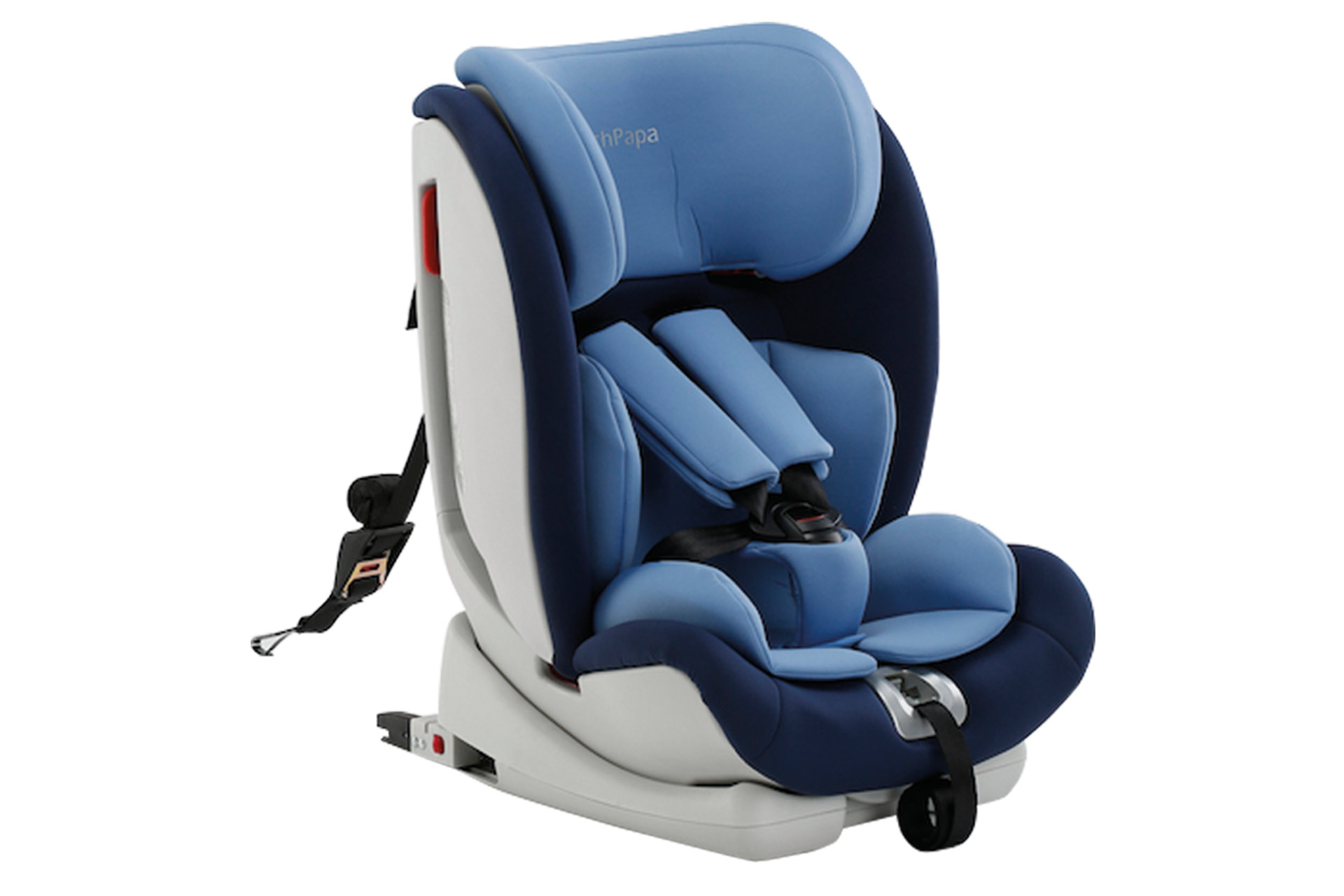

- #Age limit for child restraint systems in cars how to#
- #Age limit for child restraint systems in cars drivers#
- #Age limit for child restraint systems in cars driver#
#Age limit for child restraint systems in cars how to#
10,17 Distribution plus education programs help parents and caregivers obtain new, unused car seats and learn how to properly use and install them. Car seat distribution plus education programs also are recommended for increasing restraint use.The rate of children who sustained fatal or incapacitating injuries decreased by 17% in these states. The rate of children using car seats and booster seats increased nearly three times in five states that increased the booster seat use age requirement to 7 or 8 years.The death rate among 7-year-olds was 25% lower for the children in states with booster seat laws compared to states without booster seat laws.

Observed booster seat use among children age 4–7 years increased by 19 percentage points after booster seat laws were implemented in Milwaukee County, Wisconsin.A study among children involved in crashes found that restrained children were 66% more likely to be buckled in appropriate restraints if their state law followed best practice recommendations.Children age 4–8 years in states with booster seat laws were over four times as likely to be using age-appropriate restraints and were 20% less likely to die than children in states without booster seat laws.Strengthening current laws with booster seat provisions that require children who have outgrown car seats to use booster seats until at least age 9 helps reduce injuries and deaths.

#Age limit for child restraint systems in cars drivers#
In 2019, 67% of fatally injured children riding with unbelted drivers were also unrestrained (based on known restraint use). Restraint use among young children often depends on the driver’s seat belt use.Among children who died in alcohol-impaired driving crashes, a higher proportion of those riding with impaired drivers were unrestrained (58%) compared with those riding with sober drivers (37%).
#Age limit for child restraint systems in cars driver#
In 2019, 23% of child passenger deaths among children age 14 years and younger in the United States involved alcohol-impaired driving (blood alcohol concentration ≥0.08 g/dL) 64% of the time, it was the child’s own driver who had been drinking.


 0 kommentar(er)
0 kommentar(er)
